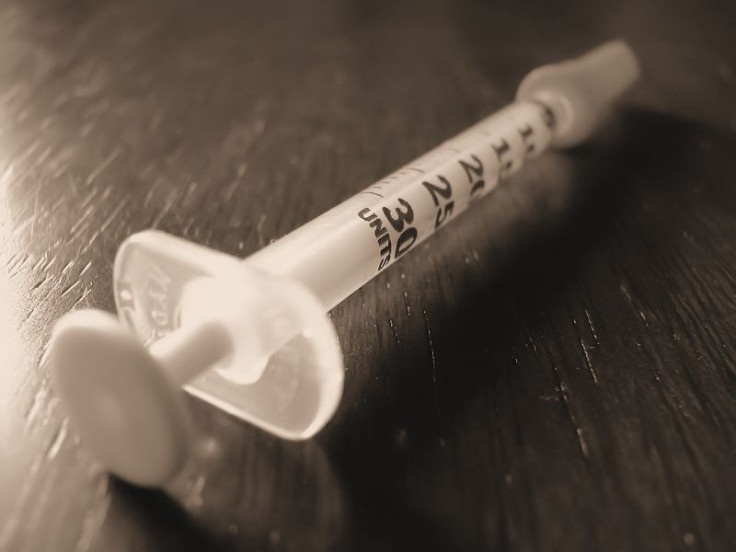Texas Doctors Diagnose 3½ Year-Old Toddler With Type 2 Diabetes

Little more than two decades ago, what we now commonly know as type 2 diabetes was once called adult-onset diabetes, due to its rarity among younger people.
But over a drastically short amount of time, and in parallel with growing rates of obesity, health care professionals have been made sadly aware that the disease does not in fact have an age restriction. A 2014 JAMA study found that the prevalence of type 2 diabetes in individuals aged 10 to 19 had increased 30.5 percent from 2001 to 2009, with the condition especially hitting hard among minority groups.
It’s a reality made bleaker still by an unique case study to be presented this week at the annual meeting of the European Association for the Study of Diabetes in Stockholm, Sweden. The study’s author, Dr. Michael Yafi of the University of Texas Health Science Center, will report on the case of a 3-and-a-half-year-old Hispanic girl with type 2 diabetes, making her one of the youngest people ever to be diagnosed with the condition.
According to Yafi, the toddler was sent to the pediatric endocrinology clinic where Yafi worked in order to determine whether she was obese. Not only was her weight, at about 77 pounds, and BMI in the top 5 percent of children of her age, but she also complained of excessive urination and thirst.
Subsequent tests revealed that she had high levels of blood sugar and haemoglobin A1c (HbA1c), both potential indicators of diabetes, yet it was also apparent that she did not have type 1 diabetes, a congenital condition where the body can’t produce insulin. Though obese, her parents had no previous history of diabetes, but Yafi noted that the girl’s diet provided evidence of “poor family nutritional habits with uncontrolled counting of calories and fat.”
"Based on symptoms, physical findings of obesity and laboratory results the diagnosis of type 2 diabetes was made," Yafi wrote in the abstract of his poster presentation.
Thankfully, however, the story has a happy ending.
After the diagnosis was made, Yafi and his medical team placed the girl on the diabetes drug metformin (500 mg daily), and advised her family to begin improving their diet and encouraging her to be more physically active. Within only six months, the girl was at 75 percent of her original weight, her glucose and HbAc1 levels had returned to normal, and she was taken off metformin.
“Reversal of type 2 diabetes in children is possible by early screening of obese children, early diagnosis, appropriate therapy and lifestyle modification,” Yafi wrote.
In addition to helping the young girl stave off an oftentimes debilitating chronic condition, Yafi and his colleagues hope that her admittedly rare situation can provide some important lessons to other medical professionals.
“The incidence of type 2 diabetes has increased dramatically worldwide in children due to the epidemic of child obesity,” he concluded. “Clinicians should be aware of the possibility of type 2 diabetes even in very young obese children, although of course type 1 diabetes can also still occur in obese children and is in fact much more common in young children than type 2 diabetes.”
Source: Yafi M, Collins K. A toddler with type 2 diabetes. Abstracts of 51st EASD Annual Meeting. Diabetologia. 2015.



























